Unit 21: Film Editing
Types:
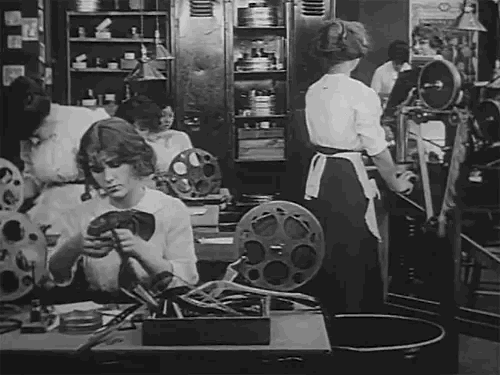
What is a shot?
There are many definitions for shot within media. In filmmaking and video production, shot is a series of frames which runs for an uninterrupted period of time. In film editing, a shot is the continuous footage or sequence between two edits or cuts. In production, it is the moment that the camera starts rolling until the moment it stops.
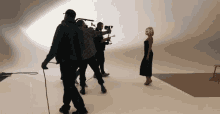
What is a sequence?

A sequence is an edited assembly of audio and video clips which can be exported independently as movies or clips but cannot be saved separately from a project.
What is editing?
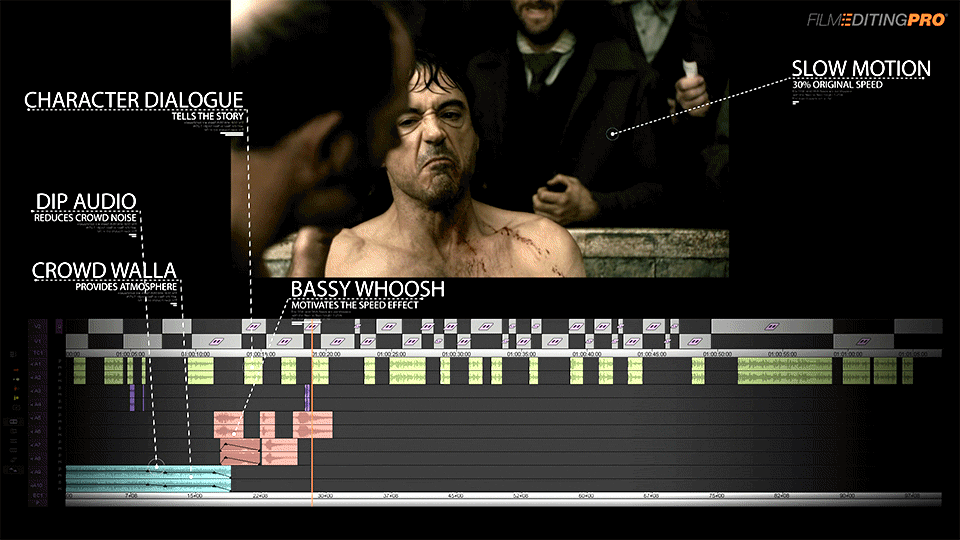
Editing is the process of preparing and selecting photographic, visual, audible, written, or cinematic material which is used by a person or an entity to convey a message or information.
What is the role of an editor?
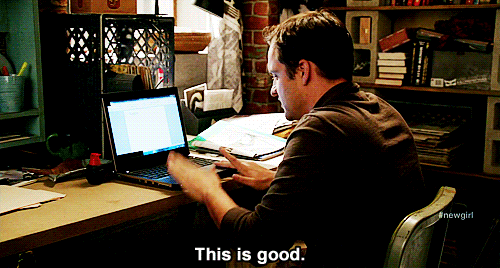
The role of an editor is to manage material such as camera footage, dialogue, graphics etc to produce a final film or video.
What is continuity editing?
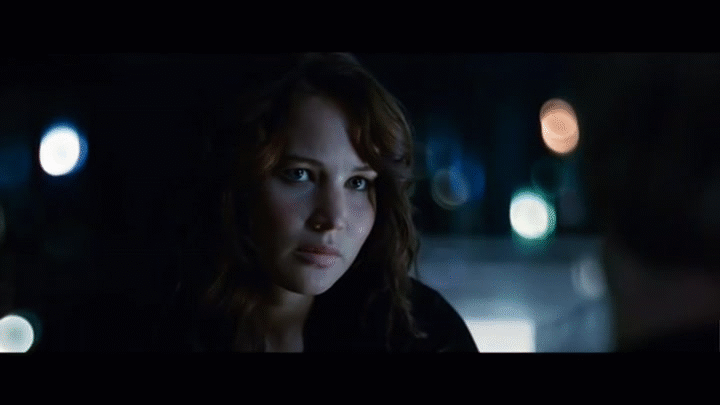
Continuity editing is the process of editing together different but related shots to give viewers the experience of a consistent story in both space and time.
What is non – continuity editing?
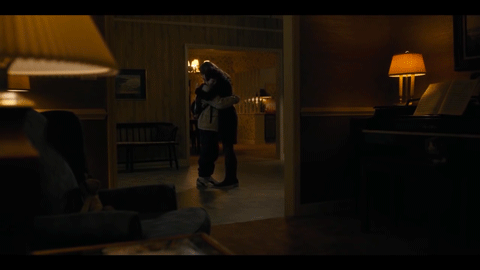
Non – continuity editing is when shots are mismatched to disrupt the impression of time and space which disturbs the illusion of reality.
What is montage editing?
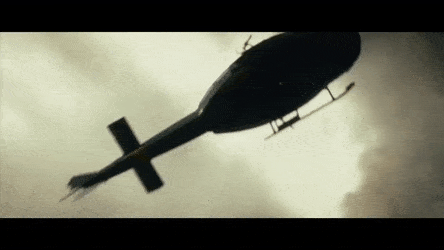
Montage editing is a film editing technique in which a series of short shots are sequenced to condense space, time, and information.
History:
Narrative:

Enigma codes
A theory that suggests a text portrays a mystery to draw an audience in. This allows the audience to pose questions and as such become intrigued.

Linear
Linear narratives present stories in a logical manner by telling what happens from one point in time to the next.

Non – Linear
A narrative technique in which the storyline is told out of chronological order

Episodic drama
Scenes are episodic, which means they stand alone and are constructed in small chunks, rather than creating a healthy and lengthy and slow build of tension.

Series narrative
A narrative that tells a story where every part matters and is an ongoing story

Unrestrictive narrative
When the viewer knows more about something in the plot than the characters

Multi – strand narrative
Multi strand is telling a story from several main characters perspectives who all have their own small story lines within the narratives

Serial narrative
A narrative that tells a story but events from the previous part do not affect the current part do not affect the current part.

Flexi narrative
This is a more complex narrative structure with layers of interweaving narratives

Restricted narrative
Restricted narration limits the viewers to what characters know, which helps create greater curiosity in the viewer and can lead to surprise.
Techniques:
Straight cut:
A straight cut is where the editor switches directly from one shot to the next shot. An example of this is this short clip of were Batman is getting changed into his clothes. Instead of showing the audience seeing him getting his shoes, putting them, etc, the straight cut shortens the sequence allowing more time to be saved which still has the audiences attention.
Long takes:
Long takes is a one take shot that continues for a particularly long time before a cut or transition is used. A long take is commonly used when showing a location (establishing shot) to give the audience an introduction to the setting or the different location of a film.
Reaction shot:
Reaction shot is a shot to show a subjects non verbal reaction to the previous shots (non dialogue). The shot will come away from the main scene in order to show the characters reaction towards it. These shots that are used are, wide angle as well as a close up.
Match on action:
Match on action is the cutting of various shots in order to display a seamless continuation of action. This is used in the vast majority of films due to its simplicity and an effective way of showing a continuous sequence.
Parallel editing:
Parallel editing is a video technique used in post production in which separate scenarios are intercut together to present a storyline from multiple perspectives. It is used to increase dramatic tension and it establishes the relationship between the two subjects in which it cuts from one to another.
Cutaway:
Quick cut:
Quick cuts are a fast paced straight cuts which are used to help create energy in action scenes. They are 3 seconds or less and is used to create a sense of chaos, energy. It is commonly used when two subjects are conversing in which it will show one of the subjects conversating, and the others reaction. This is seen in this short clip from the horror film psycho when the killer opens the shower curtain and the fast cutting shows the chaos.
Elliptical editing:
Elliptical editing is used to compress the amount of time a visual text plays out (not in real time). A lot of directors used this editing technique so they can compress the film and develop the story in as little time as possible.
Eyeline match:
Eye line match is a shot which cuts to an object or person that a character was looking at in the previous shot. Eyeline match makes us as an audience believe that we are looking at something through the eyes of the character. This gives of the illusion that the two characters are looking at each other.
Shot/reverse shot:
Shot/reverse shot is when the camera alternates between subjects conversing (not breaking the 180 degree rule). This technique conveys that continuous editing is being used and makes the audience assume that the characters are looking at each other even though, they are shown facing opposite directions.
Cross cutting:
Cross cutting is used to establish action occurring at the same time, but in two or more different locations. Two scenes are intercut in order to show and establish continuity.
Cut ins:
Cutaway is a shot, or series of shots, that cut to the location in order to help establish the scenes surroundings. This is used in the majority of film and television shows. It cuts away from the main action to indicate that there is something else in the atmosphere whether it is an object, location.
Cut ins are when we cut from a shot into a closer element of the same shot. This emphasizes a particular part of a scene giving a detailed view of a specific point of focus and emphasize a specific/particular part of a scene.
L cut :
L cut is a film editing technique in which the audio from a preceding scene carries over the image of the following scene.
J cut :
J cut is where the audio from the following scene overlaps the picture from the preceding scene.
Establishing shot:
Establishing shot is the first shot in a scene that provides an overview of the setting. These shots are only a few seconds long. The shots helps viewers process the location or the change to a new location.
180 degree rule:
180 degree rule is the camera can move anywhere on its side but it should not pass over the axis. The 180 degree rule can be used to signal an emotional shift in a particular scene and allows filmmakers to create dialogue which feels consistent which keeps the audience engaged.
30 degree rule:
30 degree rule is where the camera should move at least 30 degrees relative to the subject between successive shots of the same subject. This is to help create a more seamless flow to the scene.
Jump cut:
Jump cut is an editing technique that cuts between two sequential shots. Jump cuts can imply how a subject is feeling. This is commonly used for a comedic effect but, are often used in horror as it makes the character to believe things are disappearing or suddenly reappearing. This amplifies tension in specific scenes.
Graphic match:
Graphic match is where the first and second shots are the same colours, shapes and composition. This can be used to emphasise aesthetic qualities as well as capturing visual attention.
Slow motion:
Slow motion is an effect in film making whereby time appears to be slowed down. It creates a dramatic effect and emphasises the action or showing the character doing something extreme and over the top. It creates suspense due to the specific part being in slow motion the audience is intrigued to know what the outcome would be.
Flashback:
Flashback interrupts the chronological sequence of events to interject events of earlier occurrence. This allows the audience to connect to characters and gives the audience a deeper insight of the character and how their life was before.
Freeze frame:
Freeze frame is when a single frame of content shows repeatedly on the screen, "freezing" the action. It can be used to capture concepts such as the atmosphere as well as emotions.
Split screen:
Split screen is the visible division of the screen, traditionally in half but also in several simultaneous images which ruptures the illusion that the screens frame is a seamless view of reality. It places more than one shot into the frame and illustrates how one thing relates to another.
Flashforward:
Flashforward is a scene that temporarily takes the narrative in time from the current point of the story. This creates anticipation and suspense due to character revealing future events which have not yet occured.
Fades:
Fades are when the scene gradually turns into a single colour or when a scene gradually appears on screen.
Dissolves:
Dissolves is when one sequence fades over another. It signals that the next scene belongs to the previous and the story remains consistent.
Wipes/washes:
Wipes is where one shot replaces another by travelling from one frame to another or with a special shape. (start video from 2:10 seconds). Washes are similar to a fade except it uses a solid colour rather than black.
Purpose:
Manipulating the sense of time (linear/non linear narratives)
The editing technique that can be used for this would be elliptical editing. This can be used as elliptical editing is used to compress the amount of time. This can make the event appear to be shorter on screen rather than conveyed in the narrative.
Controlling the perception of space to create logical and believable space between character/ objects not sharing the same shot/angle
The shot/reverse shot can be used to draw attention. This will show the audience what the character is talking to or what they are looking at. Match on action can also be used due the continuous cuts of shots to show continuous action. This establishes the the space that is between characters or an object.
Controlling the rhythm and pace to control the flow of production
Slow motion can be used as it allows the action to look much slower than how it previously was. Long take can be used
Creating a sense of drama through the withholding of information
The editing techniques that could be used to create drama are eye line match as well as a reaction shot. These techniques that are used will create a dramatic effect.
Creating a narrative through motive (motivated editing)
The definition of motivated editing is when the scene cuts from one to another scene of object that was not in the previous frame. The techniques that can be used are match on action as well as eyeline match. This will engage the reader.
Engaging the view through suspense and causing an audience reaction
Long take can be used to engage the audience and viewers. Log take creates suspense and builds up tension within he scene. It is commonly used in film such as horror to build up when something dangerous is about to happen.
Embracing continuity between different angles/ shots
A straight cut can be used to provide smooth transitioning into different scenes and shot. Every motion picture media will use a straight cut in all films.
Form meaning between juxtaposing elements within editing and creating a sense of personal connection and empathy with a character
Long take can be used to engage the audience and viewers. Log take creates suspense and builds up tension within he scene. It is commonly used in film such as horror to build up when something dangerous is about to happen.
Learning Aim B:
Shooting script
Script
Storyboard
Development portfolio
Continuity video experiment:
Continuity video:
Non - Continuity editing:
Shooting script
Script
Storyboard
Development portfolio
Non - Continuity Experiment
Non - Continuity video
Learning Aim C: Horror Trailer
Planning:
Narrative breakdown
Shooting script
Storyboard
Script
Video log
Horror Film Trailer
Evaluation







